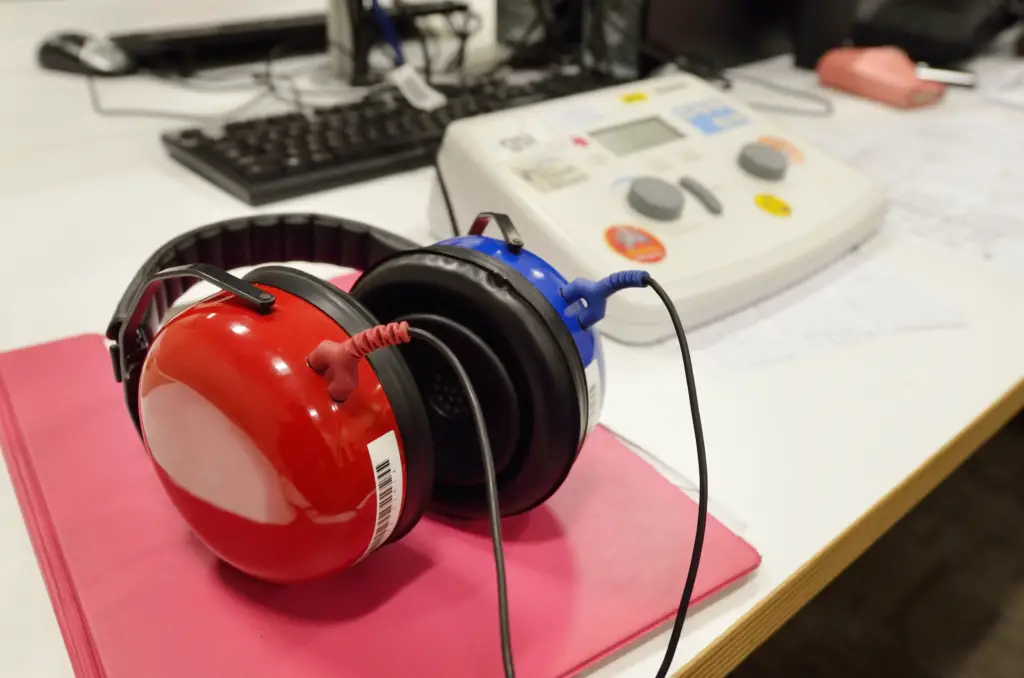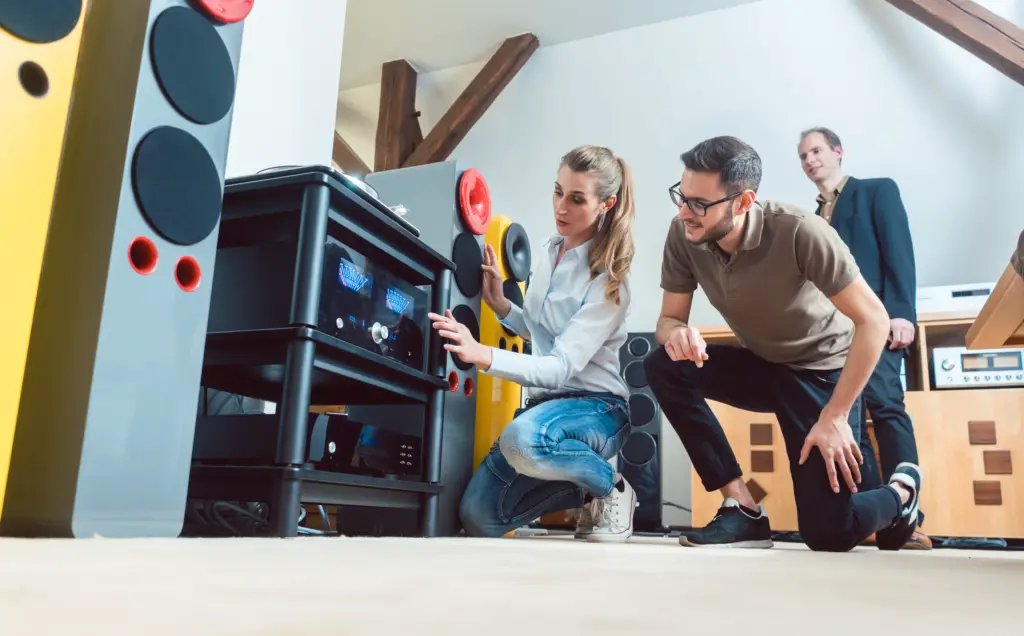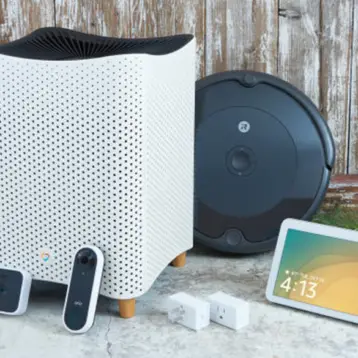
Thinking about how you can upgrade your audio equipment at home? Or are you one of those audiophiles who’ve been looking for proper alternatives they can utilize to efficiently improve the audio quality of the music they listen to? No matter what your reasons could be, you don’t have to worry now as there are various options you can look into in order to enhance your audio quality at home.
For starters, you might consider the use of an audio analyzer to test and measure the quality of your electro-acoustical devices, including your audio equipment. Besides this option, you may also seek the help of service providers to do the work for you. Either way, enjoying great sound quality shouldn’t cost you a fortune, and that’s possible if you know what to do and who to contact.
Making The Most Of Your Audio Equipment

If you own electro-acoustical devices at home, such as audio equipment, one of the primary things you might be thinking about is how you can get the best out of it. For instance, having an excellent audio system at home could make for high-fidelity listening and better music streaming. Besides that, it could result in the high-quality reproduction of sound.
To help you understand how you can maximize the use of your audio equipment, here’s a list of simple yet highly efficient hacks for your home audio system:
- Check Your Audio Equipment
When it comes to revamping your audio equipment for better sound quality, one of the easiest things you can do is to inspect it for any signs of defect and poor connection.
Although you might think that this kind of task is trivial compared to others, you must know that conducting regular maintenance checks is the key to preventing various problems from coming up in the long run. Specifically, if you think that your audio equipment is no longer operating at full capacity like before, then it might be time for you to perform a general maintenance check.
Not only that, but if you feel like it’s starting to make barely perceptible sounds or being cut off most of the time, the best thing you can do is to check it for any indication of rotting or damage. You may also consult other audiophiles or service providers to examine your system and ask for their opinion.
- Inspect The Receiver Settings
If you’re conducting a general maintenance check on your audio equipment, one of the primary aspects you mustn’t neglect is your audio receiver settings. Among the features you need to pay attention to, this particular facet should be high on your priority list.
In most cases, audiophiles tend to remove any type of equalization (EQ) options in their settings as well as treble knobs and basic bass. Such instances commonly happen as those individuals prefer to subdue the tone controls. In your case, you might want to search for manuals and see if there are options you’d like to change or keep.
You may also enhance circuit pathways in certain devices by managing pure analog or pure digital features offered by the manufacturer. Apart from that, you can optimize certain filters if there are any to achieve your preferred sound and better enjoy your music.
- Eliminate Weak Links
Obtaining better quality audio for your home equipment isn’t just a one-time process. It’s a continuous procedure of removing any weak link in the audio chain and creating stronger ones. In doing so, one of the major factors you must look into is the presence of cheap speaker wires that can affect the entire system.
Usually, most manufacturers offer well-balanced external line return (XLR) inputs and outputs for efficient noise rejection. However, if you happen to encounter substandard devices with less effectiveness, the best thing you can do is to optimize your digital optical connection, speaker wire, digital coaxial connection, universal serial bus (USB), high-definition multimedia interface (HDMI) cables, and other similar faulty wirings that could result in poor sound quality.
Removing weak chains in your audio system can be quite challenging, especially if you have no idea where to start. Fortunately, there are numerous service providers out there that you can hire to check your equipment and do the work for you.
- Choose A Better Room
Apart from monitoring the condition of your audio system and settings, another aspect you must consider is the type of room you place your equipment in. Room acoustics play a crucial role in getting quality audio from your equipment. Specifically, the room layout and space pose significant impacts on the overall quality of your audio system.
If you’re wondering how room layouts and outlines can affect audio quality, you must know that rooms with plenty of hard surfaces, tiled or wood floors, or glass windows are more likely to create sound reflections. Similarly, vaulted roofs and ceilings can result in a lot of reverberations, which you might find unnatural and are less ideal for your home equipment.
In most cases, uneven areas tend to produce better sound quality compared to rectangular and square ones. To better acquire the quality of sound you prefer, one of the key alternatives you can consider is the use of cushioned furnishings, drapes, and rugs as they could help soften the sound and reduce reflections. Such options also make for a more improved listening environment and a relaxing ambiance for your home.
- Utilize Quality Speaker Cables
In your efforts to enhance your audio equipment, you must’ve heard about the use of speaker cables in bolstering the overall quality of your sound equipment. Although this particular aspect is commonly disregarded by many people, there’s no going around the fact that choosing high-quality cables could significantly impact the effectiveness and capacity of your audio system.
When it comes to improving your home equipment for better sound quality, one of the primary alternatives you can do is to examine the quality and compatibility of cable wires to the correct gauges in your audio equipment. This is to ensure that your equipment can efficiently deliver an ample amount of current and produce good sounds. To achieve that, you may consider using test tracks and other similar devices to better spot the difference in the sound your equipment produces. Whether it’s an amplifier or a speaker, such devices could be of great use to your home audio equipment in more ways than one.
Apart from that option, you may also maximize the use of bi-wire in revamping the overall sound quality. If your equipment has two distinct binding posts, then utilizing bi-wire could be possible. As a rule of thumb, you need to always inspect the capacity of your sound equipment to accommodate available connections around it. Bi-wiring is also a cost-effective way to customize the audio quality based on your preferences.
- Adjust The Sound Settings
If you’re determined to upgrade your home audio equipment, another ideal strategy you can do is adjusting the sound settings of the system. Most audio equipment has features that allow users to modify sound functioning based on their preferences. Among such pieces of equipment are speakers, amplifiers, and audio/visual (A/V) receivers.
The most important factors that could affect the aforementioned features include size, speaker volume, and bass output. If you want to listen to music with more bass, all you have to do is to set up your speaker to play the lows. Likewise, you could make your speaker play highs and mids by muting the bass output. With the right tools and adequate knowledge about how to manage these components, you can effectively fine-tune your audio equipment for a better experience and optimal use.
- Use Power Conditioning
Thoughtlessly plugging your audio equipment could result in poor connection and low-quality sound from your system. To resolve such issues of improper installation, the best thing you can do is to utilize power conditioning. Interestingly, this process could be of great value in eliminating the humming sound in your home caused by electrical wirings.
Apart from that, you can consider utilizing balanced mic cables to better promote noise rejection in your sound system. You may also administer proper usage of surge protectors to efficiently safeguard your equipment against threats of high voltage pulsing through the network. One of the many good things about this particular option is that it reduces the likelihood of power surges that could affect your audio equipment.
To handle such scenarios, you must take note that reliable power protection can also be disrupted when interfered by another signal path. Although you can’t predict their occurrence, one ideal method you can use is allotting more space for your equipment and checking any wirings that could be hindering its full running capacity.
Bottom Line
Making the most of your audio equipment can be tricky, especially if you’re a first-timer. Although there are numerous methods you can try to further enhance its overall sound quality, you also have to observe proper measures of taking care of it. In particular, you should check your audio system settings, modes, and features to see how you can utilize them well. You may also check the wirings and strength of your audio chains to have them running at their full capacity.









